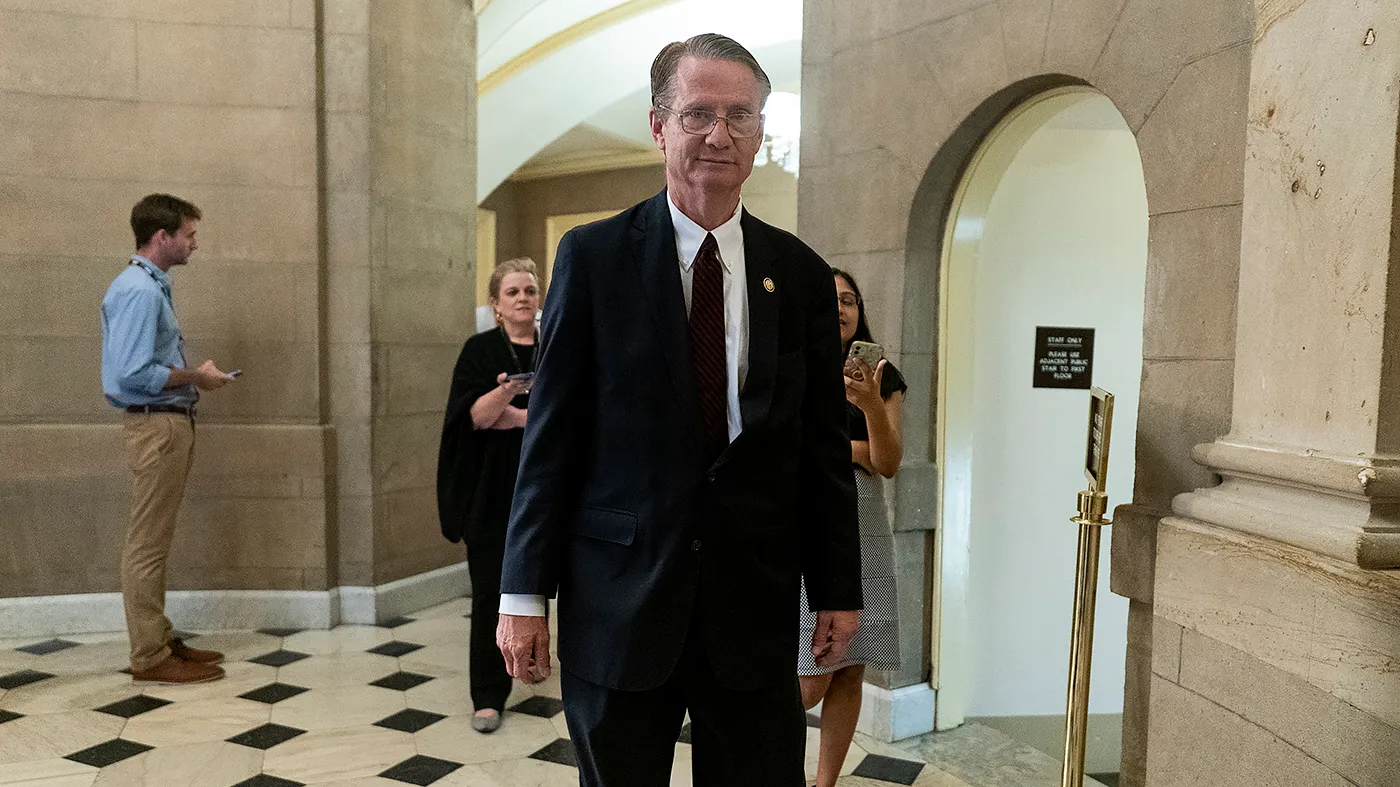UK GDP Rises 0.3% in Q2, Beating Forecasts Despite Early-Quarter Weakness
UK GDP Rises 0.3% in Q2, Beating Forecasts Despite Early-Quarter Weakness
By
David Goldfarb
Last updated:
August 14, 2025
First Published:
August 14, 2025
.webp)
Photo: Bloomberg.com
The UK economy delivered a better-than-expected performance in the second quarter of 2025, with gross domestic product (GDP) expanding by 0.3% from April to June. While this marked a slowdown from the 0.7% surge recorded in the first quarter, it still outpaced economists’ projections of just 0.1% growth. The latest figures, released by the Office for National Statistics (ONS) on Thursday, highlight a mixed picture—early-quarter weakness followed by a strong rebound in June.
Quarterly and Monthly Breakdown
According to the ONS, the economy grew 0.4% month-on-month in June, reversing a 0.1% contraction in May. April and May were marked by subdued activity, partly due to businesses bringing forward operations in February and March ahead of changes in stamp duty and tariffs.
ONS Director of Economic Statistics Liz McKeown noted that “the economy was weak across April and May, but then recovered strongly in June,” adding that updated data for April showed a smaller contraction than initially estimated.
Sector Performance
Growth in the second quarter was driven primarily by services, including computer programming, health services, and vehicle leasing. Construction output also rose, while production output slipped slightly overall.
June’s rebound was particularly strong in scientific research and development, engineering, and car sales. In manufacturing, the electronics sector posted standout gains, contributing significantly to production’s partial recovery.
Market Reaction
The British pound remained largely unchanged after the data release, trading at around $1.3577 against the US dollar. Analysts suggest markets were already braced for mixed economic signals, given the ongoing balance between inflation risks and slowing growth.
Government and Union Responses
UK Chancellor Rachel Reeves welcomed the data as a sign of progress but stressed that more work was needed to deliver an economy “that works for working people.” She highlighted the country’s “key ingredients for success” but acknowledged that the economy had been “stuck for too long.”
Unite trade union leader Sharon Graham criticized the government’s fiscal rules for limiting public investment, arguing that workers could not “wait forever” for stronger funding in public services and industry.
Economic Outlook
Economists caution that the second-quarter rebound may not extend into the third quarter. George Brown, Senior Economist at Schroders, described the quarter as a “breather” after a strong start to the year, warning that labour market softening and capacity constraints could keep inflation pressures high despite modest growth.
Ruth Gregory, Deputy Chief UK Economist at Capital Economics, added that global economic weakness, the lingering effects of April’s tax increases, and uncertainty over potential further tax hikes in the Autumn Budget are likely to weigh on consumer and business confidence. Nevertheless, she noted that the latest data introduces some upside risk to Capital Economics’ 2025 GDP growth forecast of 1.2%.
Bank of England’s Policy Shift
The release comes just days after the Bank of England (BoE) cut its base interest rate from 4.25% to 4%, the first reduction in months. The move followed a rise in inflation to 3.6% in June, up from 3.4% in May, alongside signs of a cooling jobs market.
The BoE’s Monetary Policy Committee (MPC) remains focused on returning inflation to its 2% target over the medium term. The rate decision revealed a split within the committee, with four members preferring to hold rates, four backing the cut, and one advocating a larger 50-basis-point reduction. A second vote secured the narrow majority for the 25-basis-point cut.
Governor Andrew Bailey described the decision as “finely balanced,” noting that while there is a risk inflation could stay elevated longer than expected, softer labour market conditions had to be taken into account.
While the UK economy managed to outperform expectations in the second quarter, the challenges ahead—from global headwinds to domestic policy uncertainty—could limit future momentum. For now, the stronger June rebound offers cautious optimism, but sustaining growth will require navigating inflationary pressures, fiscal constraints, and a shifting global economic landscape.
Popular articles
Subscribe to unlock premium content
Global Cultures and the Hidden Drivers of Productivity and Happiness

The Future of Personalized Medicine

Digital Nomads and the New Global Economy

Global Cultures and the Hidden Drivers of Productivity and Happiness

The Future of Personalized Medicine

Global Cultures and the Hidden Drivers of Productivity and Happiness









